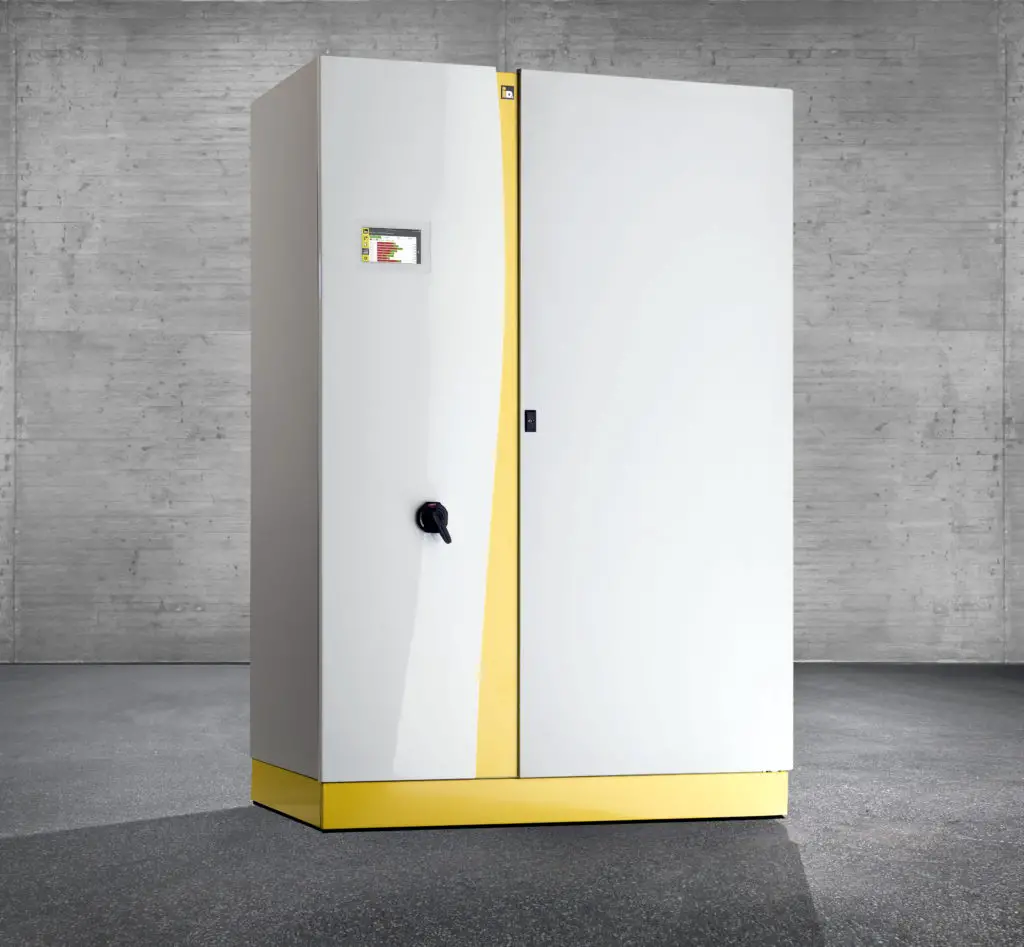
We believe that heating systems using ground source heat pumps to provide all your hot water and heating needs without requiring expensive, regular maintenance checks and which are safer than traditional, volatile, fossil fueled heating systems, are the future of heating in the Scotland.
Table of Contents
What are ground source heat pumps?
Ground source heat pumps are renewable energy products which use stored solar energy or ‘ground source heat’ to provide heating and hot water as an alternative to dangerous and expensive fossil fuels. Geothermal heat pumps use the heat from the earth’s molten core but alas that option is not open to those of us who live in Scotland.
One of the advantages of heat pumps is that they can be combined with other systems such as Solar Photovoltaic (Solar PV) and Underfloor Heating systems to provide even greater benefits.
Why ground source heat pumps?
There are many reasons why you might consider ground source heat as a way of heating your home but here are three of the most important:
Cost
With fuel bills and energy prices spiraling out of control, you are looking to save a significant amount of money on the cost of heating your home. Ground source heat pumps can enable you to do just that.
Constant, reliable heating
You want to ensure your home is constantly warm when you need it most and not be at the mercy of unreliable deliveries of coal or oil. By using ground source heat you can future proof yourself against rising bills and supply issues.
The environment
By using a ground heat source to provide the energy for your heating system, you can help do your bit for the environment as ground source heat pumps produce no harmful carbon emissions.
The advantages of heat pumps are significant for most homes in the UK, however, it’s important you understand how this type of heating works and what is involved to capture ground source heat.
How do Ground Source Heat Pumps work?
There are many heat pump misconceptions which can sometimes leave people feeling confused as to how ground source heat pumps work. However, put simply, this type of heating pump moves stored solar energy, sometimes referred to as ground source heat, into the home to provide a total solution for domestic hot water and all heating needs.
Overview
Ground source heat pumps not only make use of renewable energy in the form of ground source heat, they do so in a highly efficient manner.
As heat pumps simply move energy rather than creating it by burning fossil fuels, they are capable of producing up to 4kW of heat using just 1kW of electricity. This gives a potential efficiency of 400%, sometimes stated as a Co-efficient Of Performance (COP) of 4:1*.
Collecting the heat
Collection of this ground source heat is achieved by installing a series of pipes (a ground loop) in the ground which contain a water and glycol (a type of antifreeze) mix at a low temperature. Pipes can be laid in trenches or using boreholes for heat pumps. The surrounding soil is at a higher temperature, typically 10˚C – 13˚C which gently warms the glycol mix as it is pumped around the ground loop.
A temperature increase within the ground loop fluid of just 3˚C or 4˚C is all ground source heat pumps require. The returning warmed liquid is fed into a Heat Exchanger / Evaporator. You can find out more about this process on our page covering groundworks for heat pumps.
The Evaporator
The purpose of the Evaporator within the heating pump is to take the collected ground source heat out of the ground loop liquid and return it cooled to the pipe for the next cycle. It does this by using a refrigerant that boils at approximately -10˚C. The act of boiling turns the refrigerant into a vapour which is then moved into the Compressor.
The Compressor
The Compressor does exactly what the name suggests: the vapour is compressed in volume and as its volume reduces, the temperature increases to levels of between 75˚C and 125˚C. The gas is then fed through a Heat Exchanger within the heating pump.
The Heat Exchanger
Feeding the hot gas through a condenser allows the refrigerant to turn back into a liquid. As it condenses, its heat is passed into the Heat Exchanger which supplies the domestic hot water and powers the central heating system using the ground source heat extracted originally.
The Expansion Valve
To complete the closed circuit of the ground source heat pump, the only thing which needs to be done is reduce the pressure of the condensed liquid. This is achieved via the Expansion Valve.
*It’s worth remembering that to get the most efficiency from your heat pump, it pays to make your home as well insulated as possible. Less well insulated homes may not achieve the highest COP levels. COP levels will also depend on the emitter system (radiators, etc) installed.
What Next?
So, now you know a bit about ground source heat pumps, how they work and what advantages they bring over other options. If you are keen to find out more, try reading up on space requirements or other info on our site.
If you are keen to speak with a qualified professional about getting your own heat pump system installed, take a look at the list of installers on our “find an installer” page.